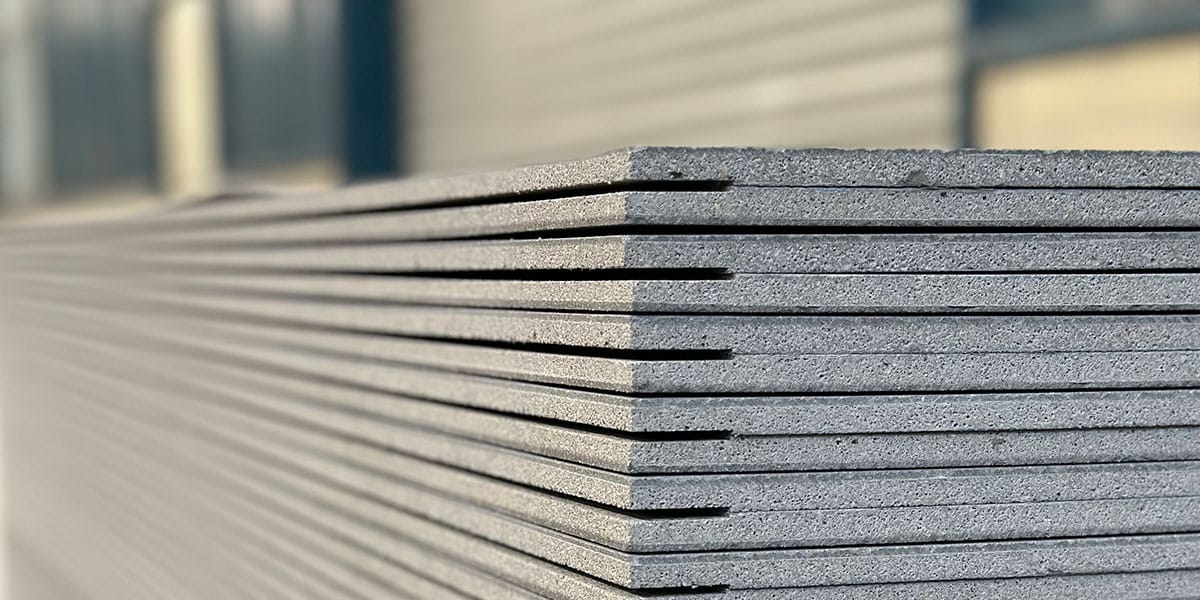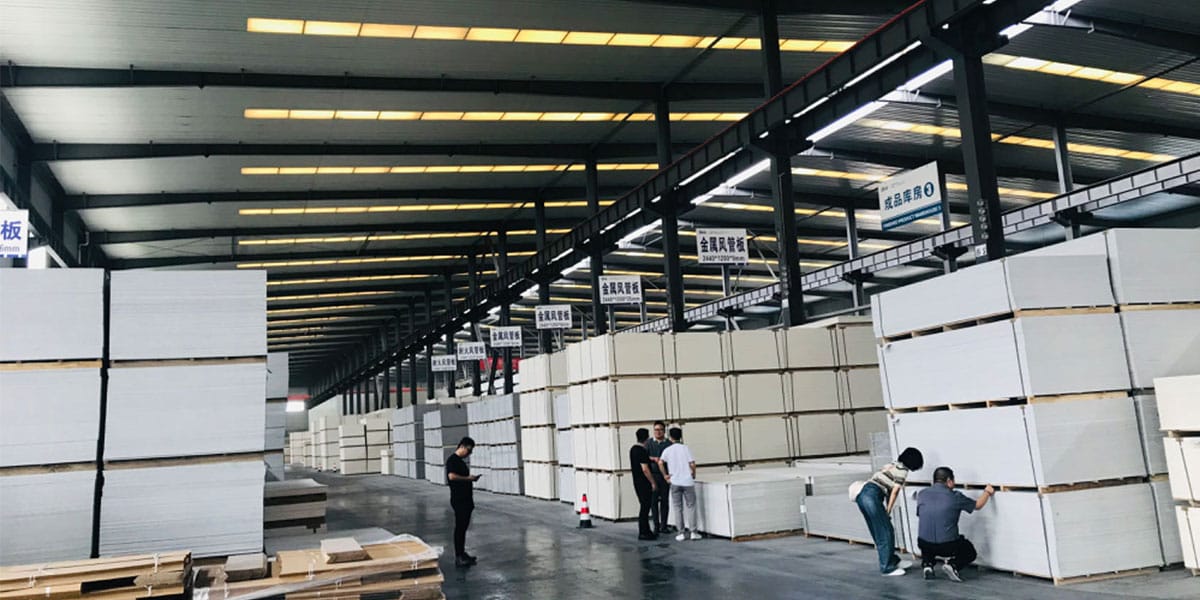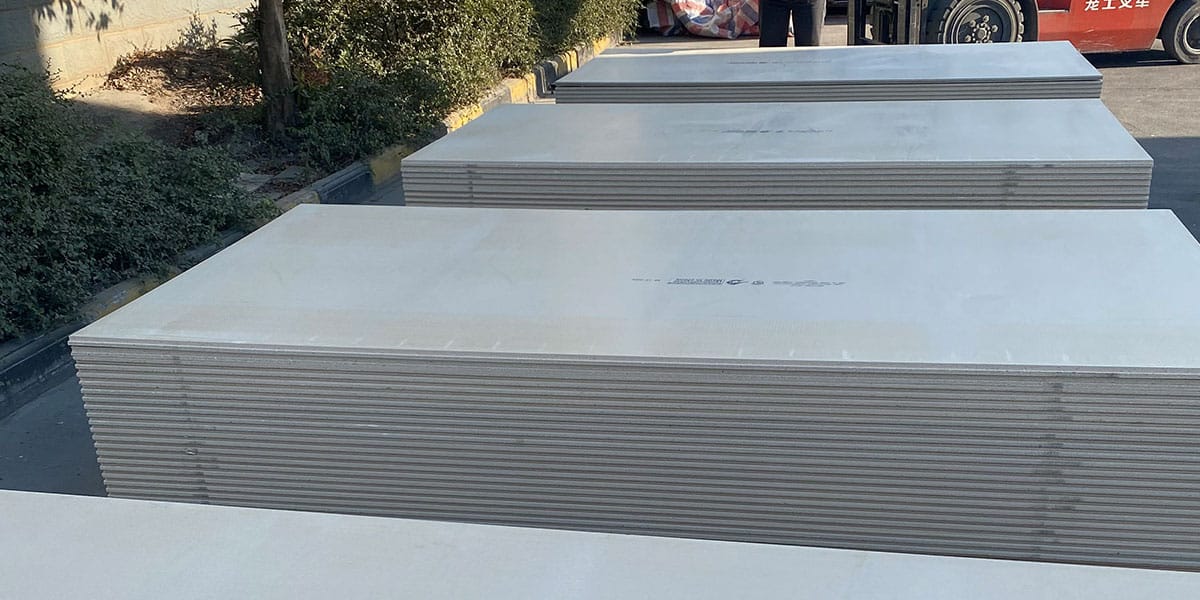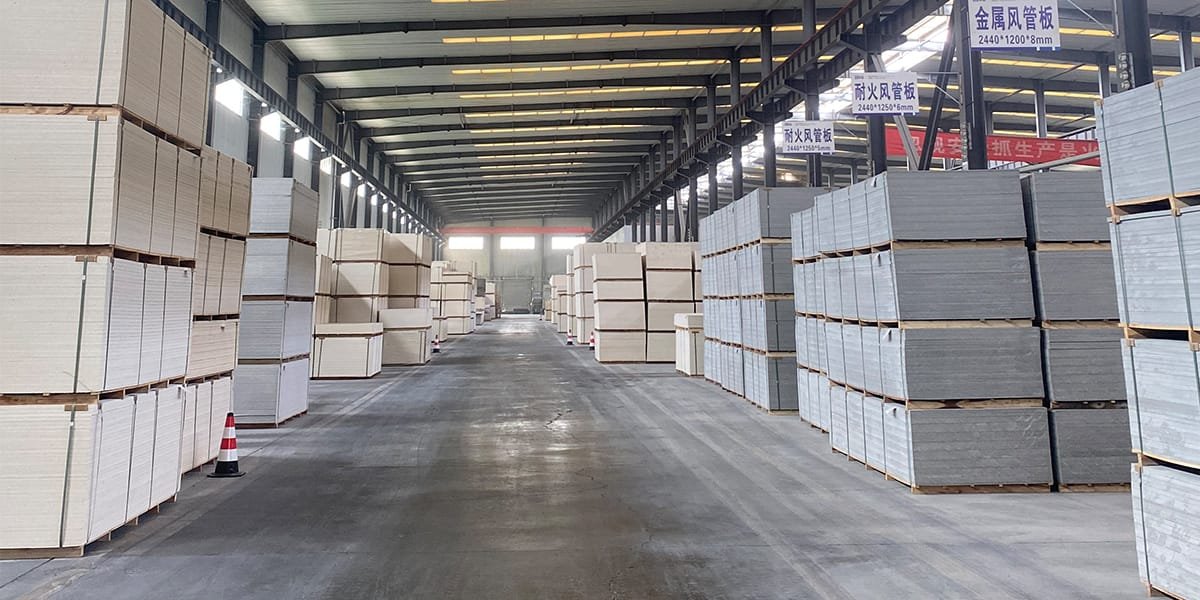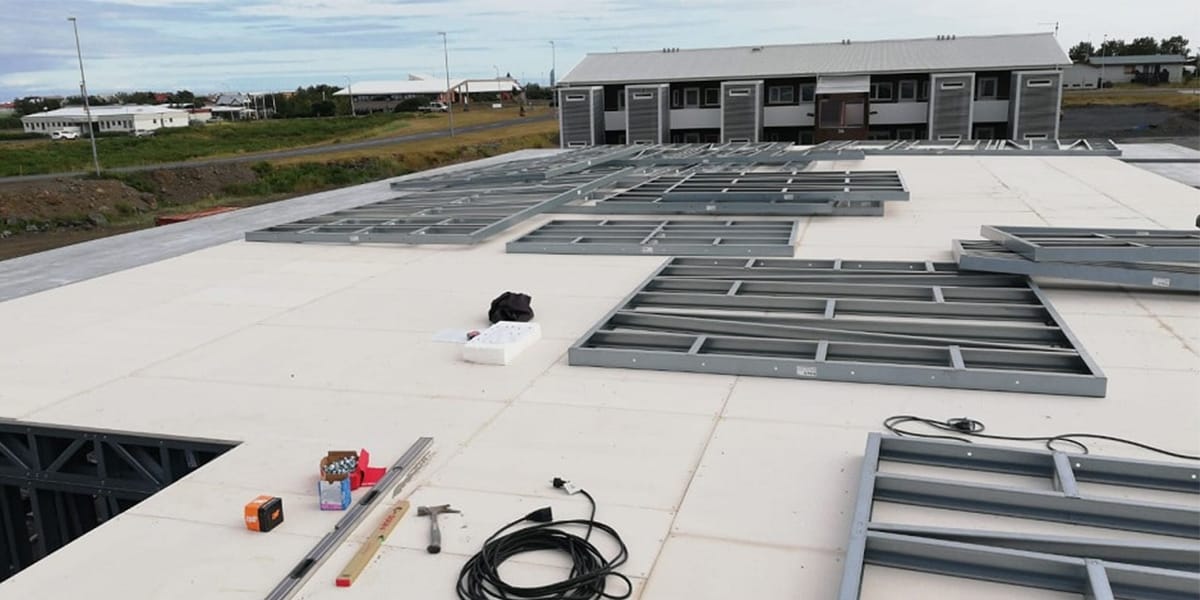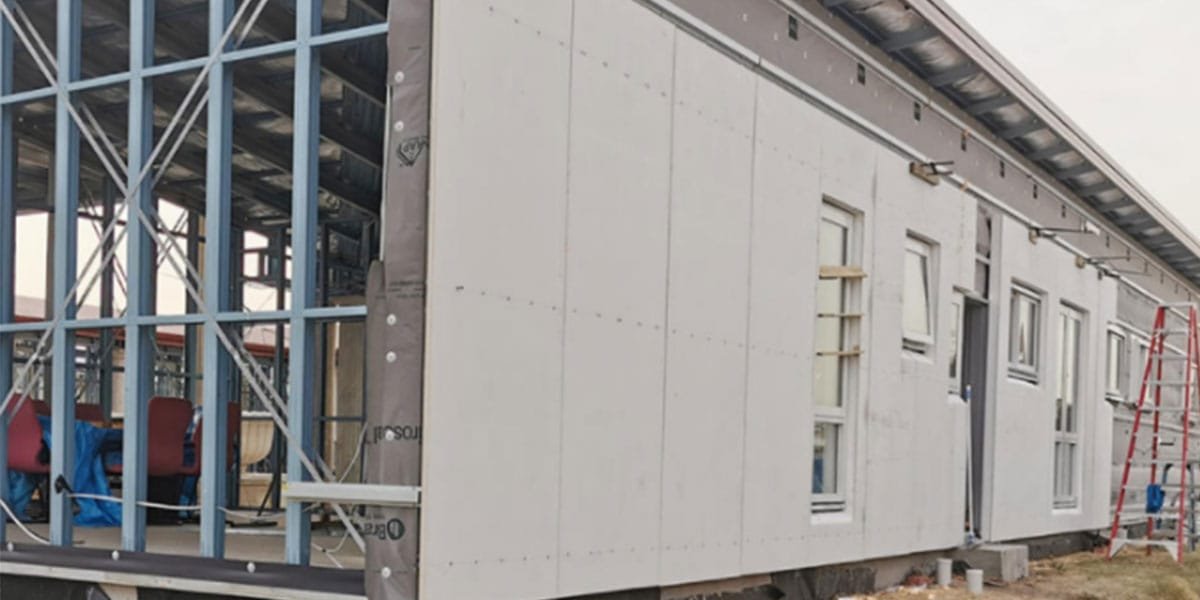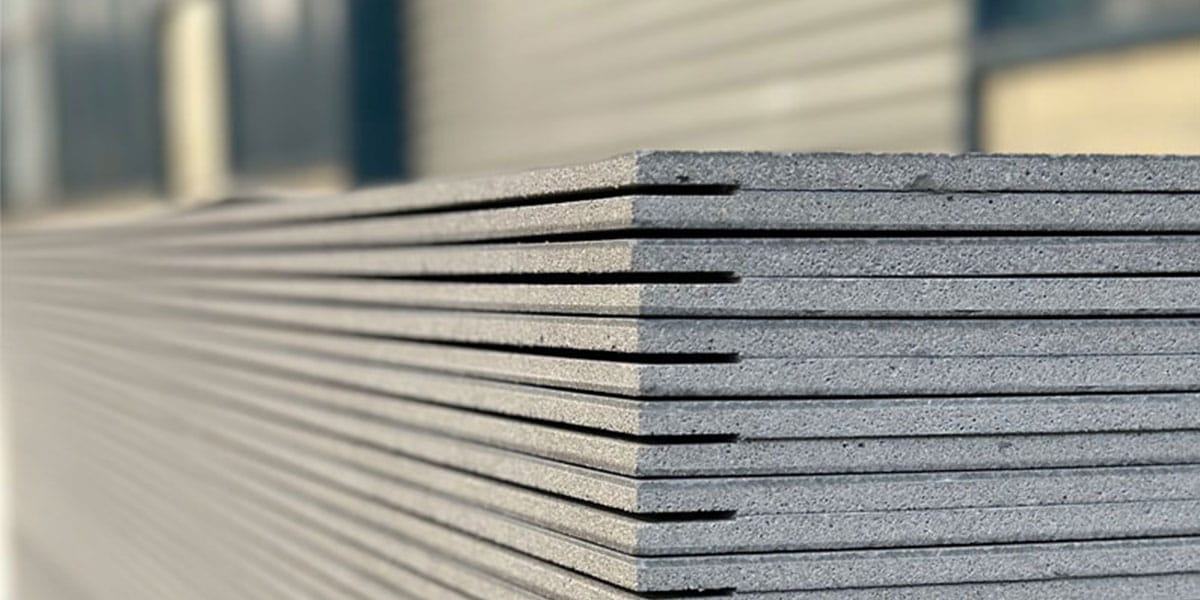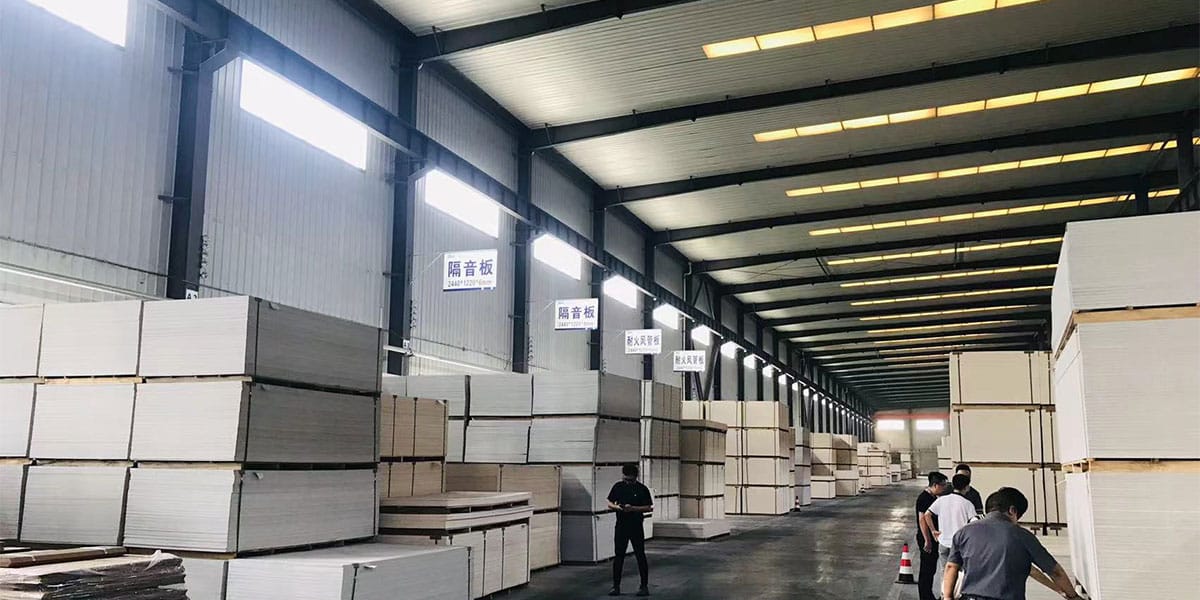30 Jul Is Magnesium Oxide Board Breathable?
Do you care about indoor air quality? Are you looking for breathable materials for your home, office, or industrial space? If you answered yes, then you're in the right place! Today, we'll explore the importance of magnesium oxide boards' breathable feature!Can MgO Boards Breathe? Unveiling the Walls' Hidden TalentYes, most MgO boards are breathable. This means they let moisture pass through but not liquid water. The level of breathability can vary depending on the type...

